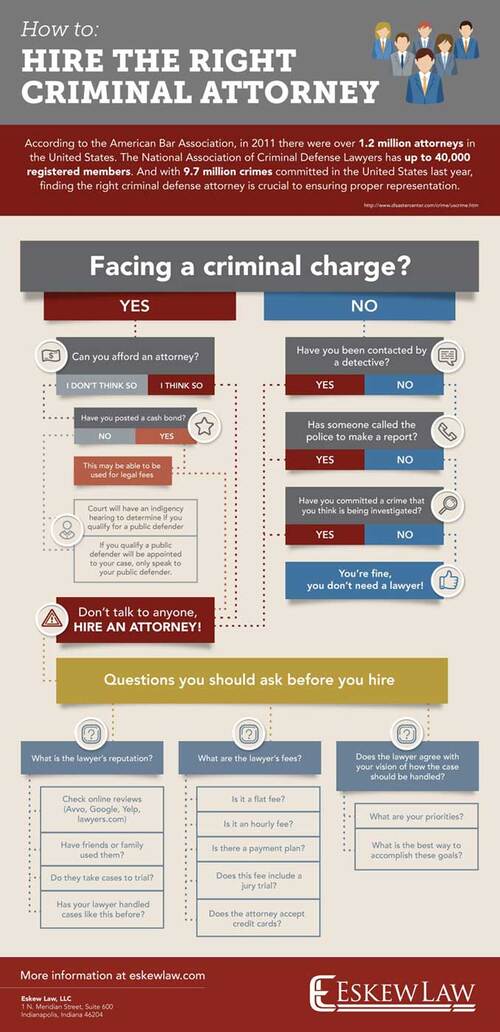What Takes Place During A Criminal Trial: A Step-By-Step Introduction
What Takes Place During A Criminal Trial: A Step-By-Step Introduction
Blog Article
Content Writer-Kincaid David
When you enter a criminal trial, you could be amazed by the organized process that unfolds. All of it begins with jury choice, where potential jurors are scrutinized for prejudices via a technique called "voir dire." After that, both sides provide their opening statements, setting the stage for the evidence and testimonies to follow. You'll see how the prosecution and defense develop their situations, yet what takes place next can significantly affect the end result. Understanding these stages can reveal the intricacies of justice, but there's even more to reveal regarding the defining moments that comply with.
Court Choice Refine
When it pertains to the jury selection procedure, you're diving right into an essential stage of a criminal test. This procedure, commonly called "voir dire," entails doubting possible jurors to guarantee they're unbiased and with the ability of supplying a reasonable judgment.
You'll see both the prosecution and defense attorneys taking part actively, each aiming to choose jurors who align with their instance's narrative.
During voir dire, you'll see that lawyers ask inquiries concerning jurors' backgrounds, beliefs, and experiences. Their objective is to determine any kind of pre-existing prejudices that could affect a juror's decision. As a juror, you could really feel a mix of nervousness and curiosity, however your sincerity is important.
After examining, lawyers can test specific jurors for reason if they believe a juror can't continue to be neutral. They can likewise make use of a restricted number of peremptory difficulties to dismiss jurors without mentioning a factor.
Trial Phases Explained
The stages of a criminal test play a vital duty in making certain a reasonable and structured procedure.
You'll initially experience the opening declarations, where both the prosecution and defense outline their situations. This establishes the stage for what's to find.
Next off, the prosecution presents its evidence and witnesses, intending to verify the offender's shame beyond a reasonable question. You'll see straight evaluation adhered to by cross-examination, enabling both sides to test the presented info.
After the prosecution relaxes its case, it's the protection's turn. They'll provide their proof and witnesses, commonly concentrating on developing sensible doubt. You'll discover that the defense doesn't need to confirm virtue; they just need to test the prosecution's case.
Once both sides have offered their debates, you'll listen to closing statements, where each event summarizes their situation. This is essential as it enhances their settings before the court deliberates.
Throughout these stages, the court makes sure that the trial sticks to legal criteria and that the rights of both celebrations are secured.
Comprehending visit this backlink will help you appreciate the intricacies associated with a criminal test and the relevance of each step in the search of justice.
Decision and Punishing
Besides proof has actually been presented and arguments made, the court or judge delivers a judgment, figuring out the offender's regret or innocence. If you're part of the court, you'll mull over with your other jurors, talking about the proof and your impressions. This process can take some time, as you'll wish to make sure everyone agrees on the judgment based on the facts.
As soon as a verdict is reached, it's revealed in court. If the offender is condemned, the next stage is sentencing. This is when the judge decides the ideal penalty. You may see that numerous elements influence the sentence, such as the intensity of the crime, the accused's past document, and any kind of mitigating circumstances.
The judge might enforce a series of sentences, from penalties and community service to imprisonment. Sometimes, the protection or prosecution can offer arguments concerning sentencing, attempting to sway the court's decision.
If the offender is found not guilty, they're acquitted, and no punishment follows. Remember that a guilty judgment can frequently result in allures, where the offender may challenge the decision or the sentence enforced.
Conclusion
In a criminal test, you've seen exactly how essential each action is, from jury selection to the final judgment. You've complied with the prosecution and protection as they build their situations, aiming to persuade the court. When deliberation wraps up, the decision figures out the end result, and if the accused is found guilty, the sentencing stage begins. Recognizing these procedures assists you value the complexities of the justice system and the significance of each function in guaranteeing a reasonable trial.
